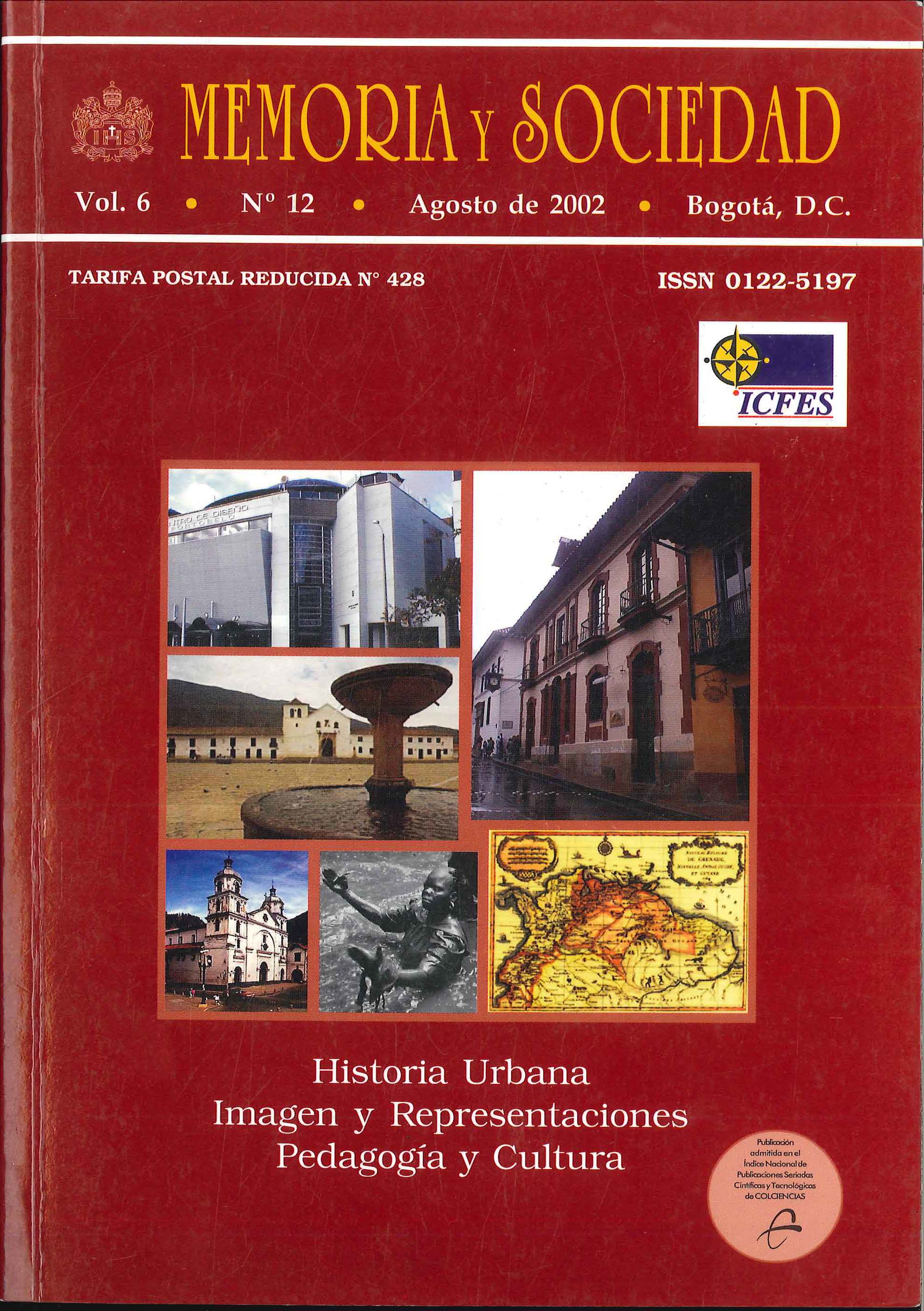Abstract
The Map Room number four of the National Archive in Bogota, is made up of nearly 850 maps that cover the period between 1592 and 1997, although the strength of the collection is centered on the colonial period of the Kingdom of New Granada. At first glance, the researcher comes to know the most important themes found in this documentary collection; together with an approximation allowing for reflection of the importance of iconographic study in cartographic material. In historic studies, the map is used as an element that allows for graphic illustration of what is being affirmed; however, in the majority of cases the true significance is lost, which means that it is important to begin studies that allow for reflection of the importance of the map as a historic document.The journal Memoria y Sociedad is registered under a Creative Commons Attribution 4.0 International Public License. Thus, this work may be reproduced, distributed, and publicly shared in digital format, as long as the names of the authors and Pontificia Universidad Javeriana are acknowledged. Others are allowed to quote, adapt, transform, auto-archive, republish, and create based on this material, for any purpose (even commercial ones), provided the authorship is duly acknowledged, a link to the original work is provided, and it is specified if changes have been made. Pontificia Universidad Javeriana does not hold the rights of published works and the authors are solely responsible for the contents of their works; they keep the moral, intellectual, privacy, and publicity rights.
Approving the intervention of the work (review, copy-editing, translation, layout) and the following outreach, are granted through an use license and not through an assignment of rights. This means the journal and Pontificia Universidad Javeriana cannot be held responsible for any ethical malpractice by the authors. As a consequence of the protection granted by the use license, the journal is not required to publish recantations or modify information already published, unless the errata stems from the editorial management process. Publishing contents in this journal does not generate royalties for contributors.

